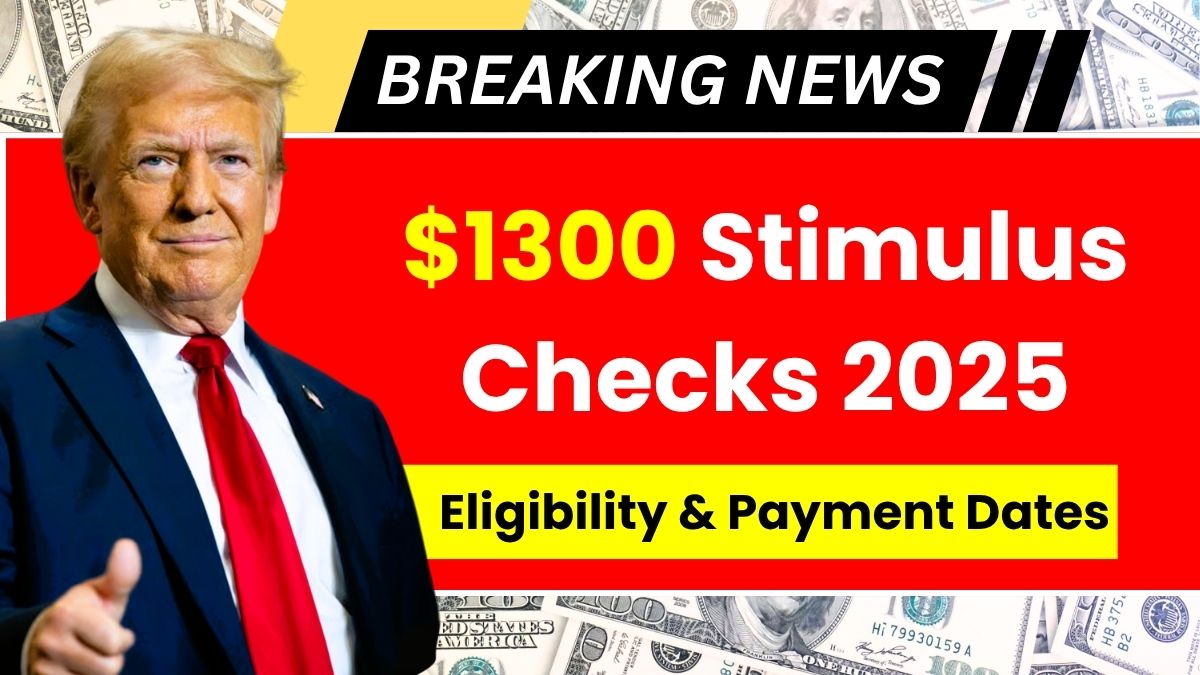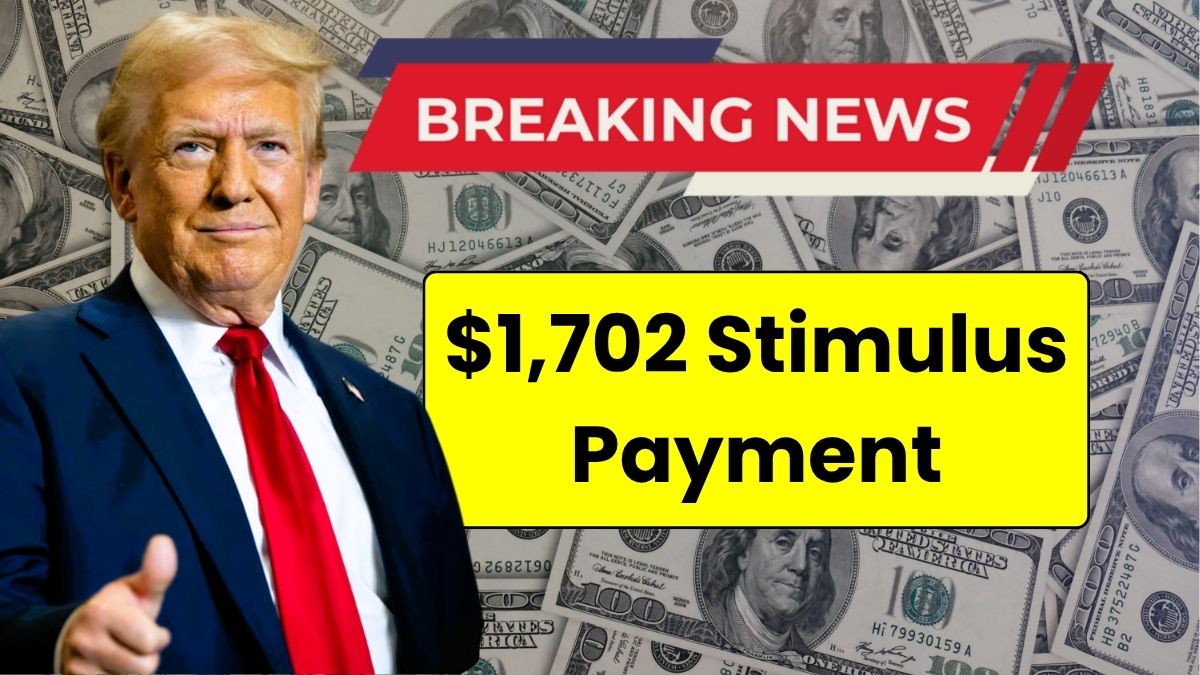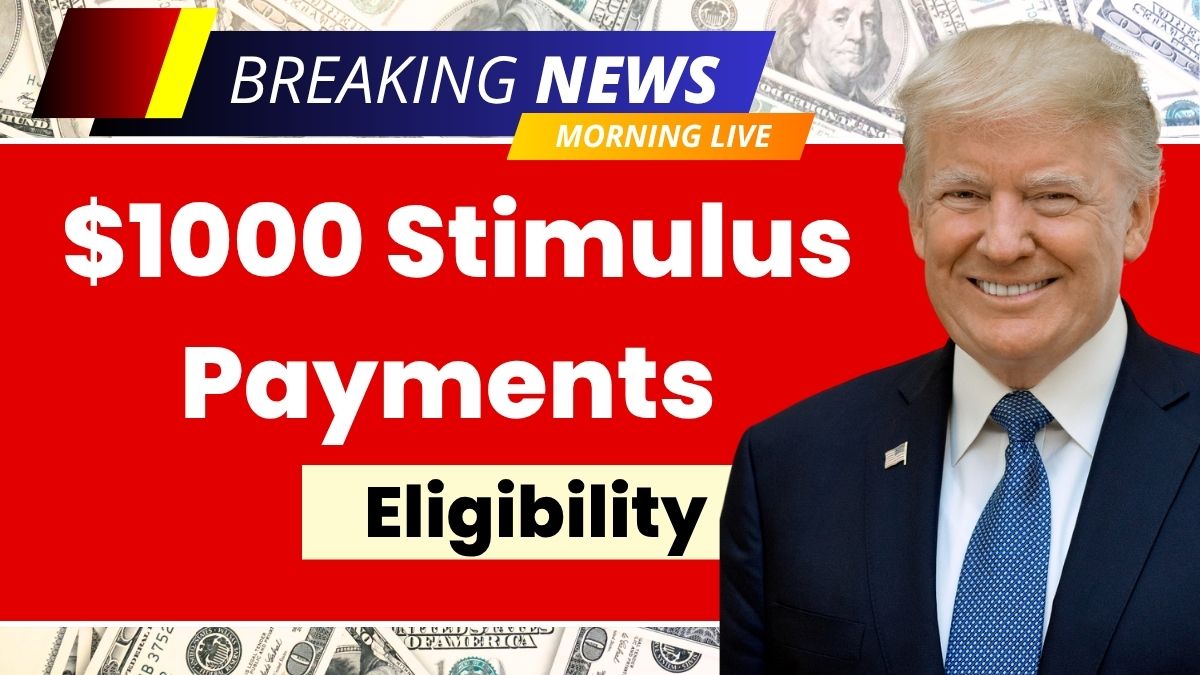Imagine getting a $5,000 stimulus check just for being a responsible taxpayer. Sounds too good to be true, right? Well, in 2025, there’s a new proposal that’s stirring up a lot of buzz—and it’s called the DOGE stimulus plan. No, it’s not related to Dogecoin. This initiative is short for Department of Government Efficiency, and if it goes through, it could be a game-changer for how stimulus checks are handled in the future. Let’s break it down in a simple, casual way.
What’s the Big Idea Behind the DOGE Stimulus?
The DOGE plan isn’t your typical stimulus program. Unlike earlier stimulus checks that were funded by adding to the national debt, this one focuses on saving money by cutting government waste. The idea is: if the government can save money by eliminating wasteful spending, why not give a portion of those savings back to the people who fund it—the taxpayers?
The plan was originally proposed by Azoria Investment CEO James Fishback, and it’s already gotten attention from some high-profile names like Elon Musk and Donald Trump. According to supporters, this plan could save up to $2 trillion, with around $400 billion going toward taxpayer payments and debt reduction.
How Would the DOGE Stimulus Actually Work?
It’s set up as a three-step process:
Step 1: The newly created Department of Government Efficiency would audit government programs and departments to find waste, fraud, or outdated systems that drain money.
Step 2: Once the wasteful areas are found, targeted cuts would be made. The goal? Save big—up to $2 trillion, if everything goes to plan.
Step 3: After the savings are confirmed, 20% would go back to taxpayers in the form of one-time payments (estimated to be about $5,000 per qualifying household), and another 20% would be used to help reduce the national debt.
Sounds pretty logical, right? Save money, share it with taxpayers, and reduce the debt at the same time. But of course, it’s not that simple in real life.
Who Would Actually Qualify?
Here’s where it gets a bit more specific. The DOGE stimulus is designed for “net taxpayers”—people who pay more in federal income taxes than they receive in federal aid. So, if you make less than $40,000 a year, you likely wouldn’t qualify under the current version of the plan.
Other basic requirements include:
- You must have filed your federal tax return
- You must be a U.S. citizen or legal resident
- Undocumented immigrants are not included under this proposal
This is a noticeable shift from previous stimulus plans, which included nearly everyone regardless of income. The DOGE plan is more targeted and focused on rewarding those who contribute more to the federal system.
When Could This Happen?
Well, not anytime soon. Even if the plan gains more political support, it still has to be approved by Congress, which could take a long time—possibly years. Plus, the projected $2 trillion in savings is more of a best-case scenario than a guarantee. If actual savings are lower, the stimulus payments would be smaller too.
Even in the fastest scenario, 2026 is the earliest anyone might see a check from this plan. And that’s assuming everything goes smoothly—which, let’s be honest, rarely happens in government.
What Should You Do Now?
Even though there’s no application or official enrollment yet, there are a few things you can do to stay ready—just in case the plan goes through:
- File your taxes on time every year
- Keep accurate income and tax records
- Stay updated with news from official sources like IRS.gov or government press releases
That way, if the program is approved, you’ll be in a good position to qualify and get your check without any hassle.
Final Thoughts
The $5,000 DOGE stimulus plan is definitely different from what we’ve seen before. Instead of handing out money through borrowed funds, it’s about rewarding smart government savings and giving taxpayers their fair share. While the idea sounds great on paper, it still has a long road ahead before becoming reality. But if it does go through, it could be a whole new chapter in how government stimulus programs are structured.
Disclaimer
This article is based on a proposed plan that has not been approved by Congress and is subject to change. There is no guarantee that the DOGE stimulus will be implemented or that payments will be made. Always check official government sources for the latest updates before making any financial decisions.

















